Knowing Bass- The Scientific Approach to Catching More Fish by Keith Jones, Ph.D.; hardcover, 298 pages, Lyons Press, 2002 (released as a paperback in 2005).
Knowing Bass has been sitting on my bookshelf for years. Desperation for something to read made me finally crack it. I was a moron to not read it sooner. This book is wonderful.
Dr. Jones, whose research brought you Power Bait and Gulp, studies fish with religious zealotry. Every page explodes with his passion for the subject. If you have any background in the sciences and you have any interest in fish and fishing, you will find this book lively and readable, hard to put down, even.
Disclaimer- If you have a science phobia you’ll hate it.
Bass are pretty far down the list of my interests in fishing. In spite of that this book fascinated me. For example, I always knew fish were capable of learning. It never occurred to me that anyone had measured the speed at which different species learn. According to the study cited in the book, largemouth bass are pretty dumb compared to striped bass and carp.
Dr. Jones goes into great detail about the sensory system of the bass and how the fish uses that system to find food and avoid danger. Adult bass are hard-wired to prefer minnow prey of three to four inches long- darker on the back, lighter on the bottom. They can learn to prefer other things and are always opportunistic, but they come “out-of-the-box” with a preference for small fish.
In spite of the fact they are primarily sight feeders, bass have smells and tastes they like a great deal, and others they dislike tremendously. They can detect minute vibrations in the water. Some attract them, other scare them badly.
Anyone who fishes much knows the water temperature is very important to whatever species you’re targeting. The pH of the water, something most fishermen never even consider, is almost as important as the temperature to a bass.
Do fish feel pain? I’ve written a blog about my feelings on this. Dr. Jones pretty much validates everything I had to say about the topic and then some.
The book goes on in this same vein. It is very thorough.
This book is not an instructional tome on how to fish for bass. Beginning fishermen (or those with science phobias) may not get much out of it. It won’t tell you which lures to use in what circumstances. If that’s what you want, look elsewhere. There are plenty of instructional bass fishing books.
But, if you want to understand how the environment affects the individual fish, if you want to better understand how the fish responds to various stimuli, if you want to get a better feel for what the fish might be doing in any given situation, then this is a great book. Regardless of what kind of fish are your favorites, the book offers great insights into how they work. It’s going into my reference library- I’m sure I’ll be reading it again.
John Kumiski
|
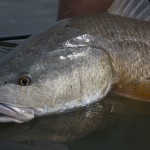




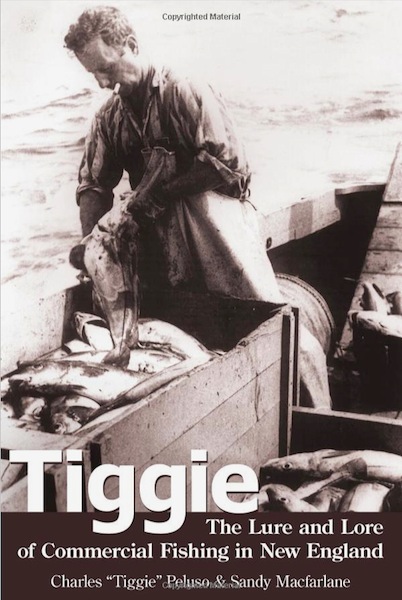


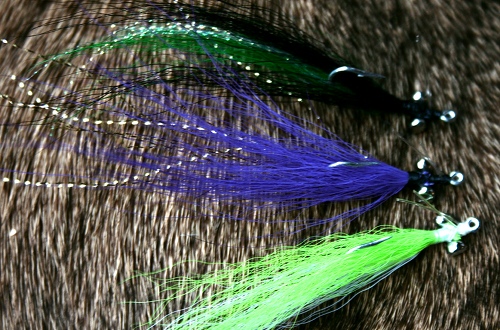





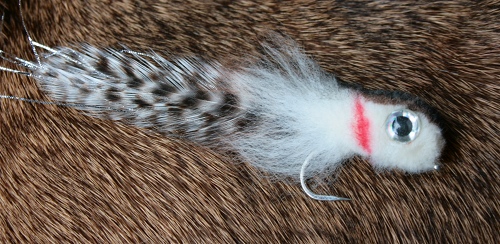




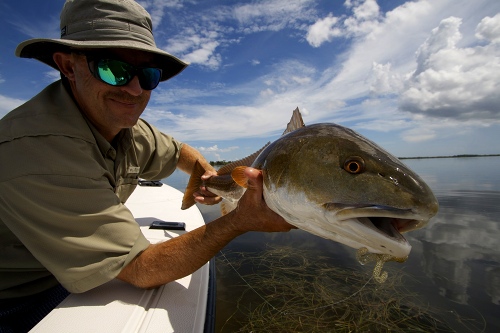
Recent Comments